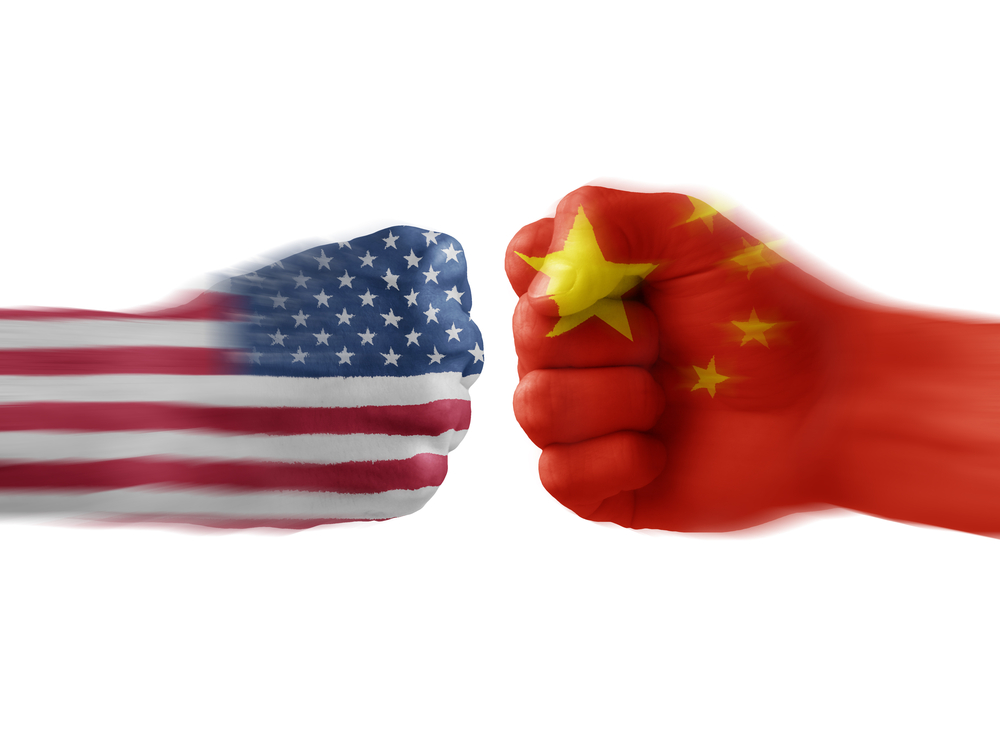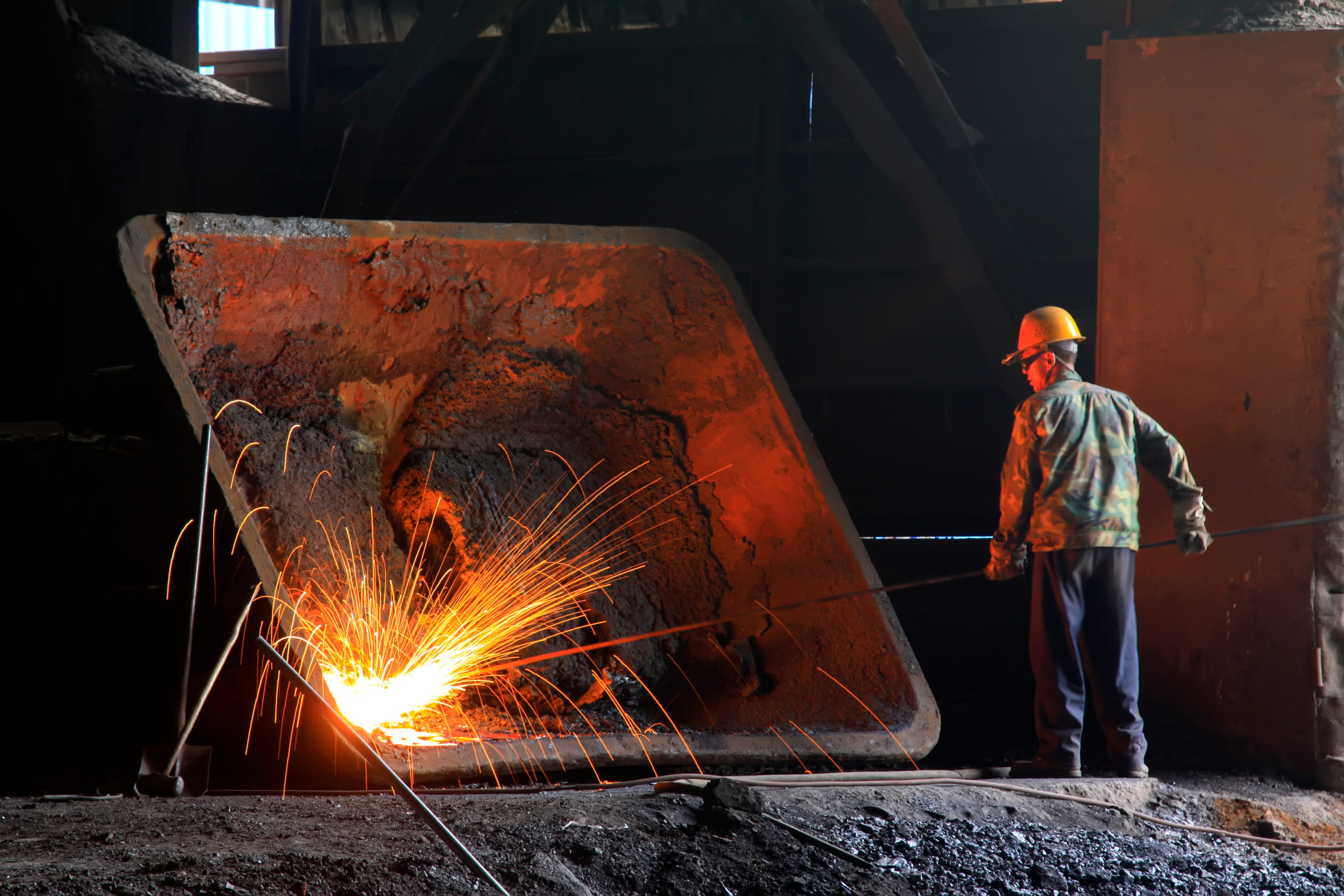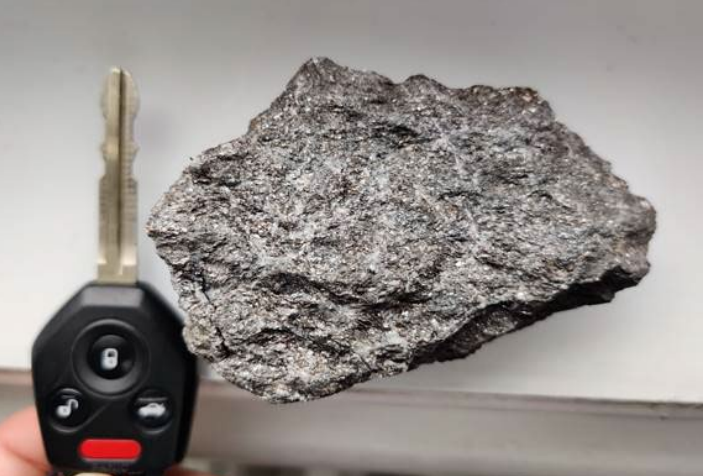“Trump’s playbook has become pretty clear, and that is he takes an extreme position and he negotiates back from that position to a resolution,” said Bloom, a global market strategist at Invesco, which oversees $934 billion. “Everyone else knows that playbook at this point, so he has to push a more extreme position and try to create more fear now because everyone knows the game plan.”
Copper posted its worst four-week loss since 2011, while nickel traded at the lowest in almost two months amid mounting concern that demand may slow as Trump threatened even more tariffs against China after the initial round of levies from both sides took effect Friday. Bank of England Governor Mark Carney said Thursday there are already signs that the global economy has taken a hit from trade conflict.

While Bank of America Merrill Lynch analysts remain cautious, they’re upbeat on the outlook for nickel over the medium term, citing rising demand from electric vehicles and a supply outlook bolstered by “quite empty” project pipeline.
In the case of copper, demand would have to slide more than 500,000 metric tons by 2023 to avert an expected shortage, Oliver Nugent, a commodities strategist at ING said in a note Friday. While “unquantifiable knock-on effects to business and consumer sentiment” could shave global growth, ING economists expect the trade rhetoric to calm down after the November mid-term elections in the U.S., he said.
“Right now people are very focused on how it could get worse before it gets better, but certainly at some point you think it’s in all the parties’ interest to not see this trade war escalate,” Citigroup’s Layton said in a telephone interview. “The end game here might ultimately be less tariffs.”
(By Luzi Ann Javier and Joe Deaux)






